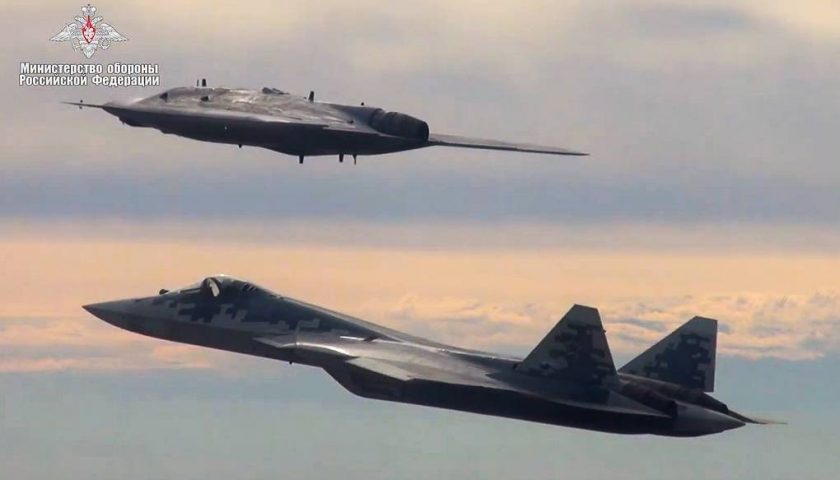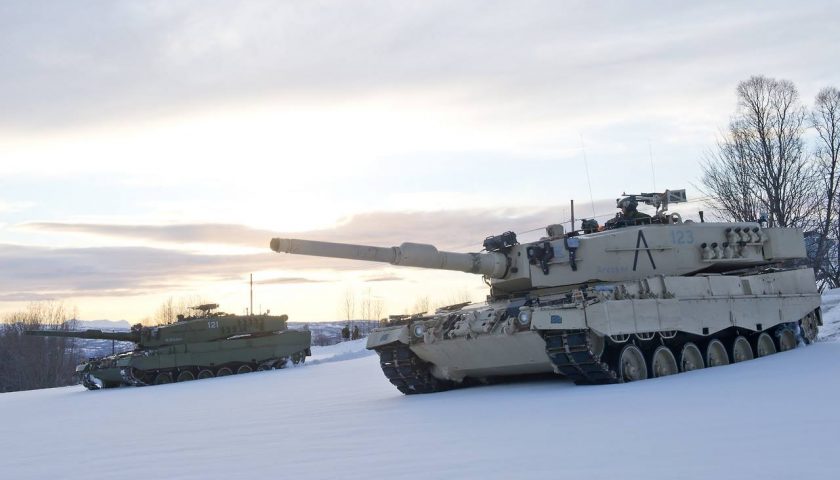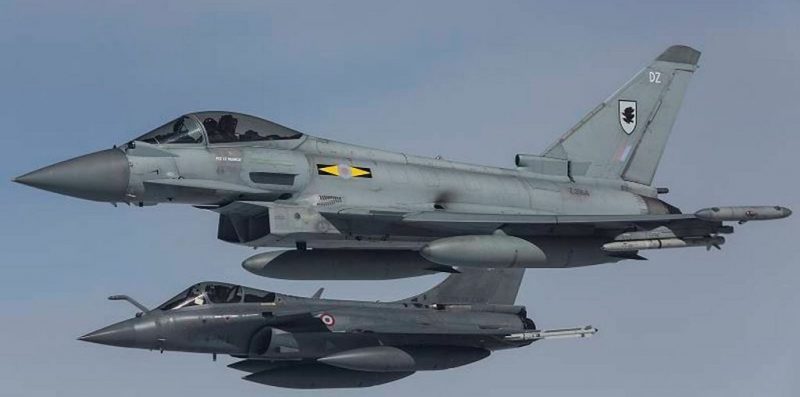While the 3 major world military powers, the United States, China and Russia, seem to have entered a new technological arms race, European industries remain engaged in programs whose timetable seems out of step with the technological tempo given by these superpowers. However, while counter-programming can be an effective market conquest tool, it can also have very damaging consequences in certain circumstances, for the very survival of the European defense industry. So how can we analyze the European strategy, its origins and its foreseeable effects in the medium and long term?
European programs against the times
Since the mid-2010s, it appears that the 3 great American, Chinese and Russian military powers have relaunched a race in defense technology. It is characterized by the proliferation of contracts to modernize the equipment of the forces with more modern equipment and often a doctrinal break with those in service, as well as by significant breakthroughs in entirely new technological fields, likely to fundamentally change military action. At the same time, the Europeans, although they have shown renewed initiative in recent years, remain for the most part attached to more conventional programs, and only envisage a technological breakthrough in a much more distant timeframe than the nations. reference.

It was China, and especially Russia, that started the current technology race. On the Russian side, it is characterized by programs like Su-57 Felon, the T-14 Armata battle tank, or the S-500 anti-aircraft system. On the other hand, the country has developed a series of breakthrough technologies giving it a remarkable advantage over NATO, particularly in the field of hypersonic weapons, with the Kinzhal airborne ballistic missile, the 3M22 Tzirkon anti-ship missile, and again the Avangard atmospheric glider. Added to this are modernization programs for equipment currently in service, such as the T-72B3M or T-90M tanks, the Su-34 and Su-35 planes, the Anteï and Improved Kilo submarines. The objective of all these programs is to give Russia, by 2030, an undeniable technological and numerical military advantage over the European component of NATO forces.
The United States has taken the measure of the upheavals underway, and has launched, since 2015, a series of programs aimed at neutralizing as quickly as possible this technological breakthrough for the benefit of its potential adversaries. The US Army thus launched the great BIG-6 program, aiming to reproduce the successes of the BIG-5 program of the 70s which saw the appearance of the Bradley infantry fighting vehicle, the UH-60 Black Hawk helicopter or the Patriot missile, and which gave it the technological ascendancy on the battlefield for more than 30 years. The US Air Force is engaged in a profound evolution of its fleet, with the F35A program for its fighter fleet, the KC-46 for its tanker fleet, and the B-21 for its fleet of strategic bombers. As for the US Army, the objective is to reach an operational level by 2030, so as to be able to meet the challenge posed by Russia and especially China. Handicapped by the consequences of several poorly designed and credit-intensive programs, such as the Zumwalt destroyers or the LCS corvettes, the US Navy appears to be in retreat today, especially since it is unable to square the circle that represents its planning. But it has made significant progress in terms of autonomous ships, whether surface or submarine, to the point of now representing for many a preferred solution to respond to the strengthening of the Chinese navy and its naval technological capabilities. .

Europe, on the other hand, simply has no technological breakthrough program in progress with an operational deadline prior to 2035, or even 2040. The program ofnew generation FCAS fighter Franco-German will not enter service before 2040, and MGCS Next Generation Tank Program is aiming for 2035 as the date of entry into service. Regarding the helicopter programs, they all remain disconcertingly classic in the face of to FARA programs or American FLRAA. There is currently no advanced program relating to hypersonic weapons, or systems capable of countering these weapons. In fact, until 2035, in the best case scenario, European armies and industries will field combat aircraft of the generation Rafale or Typhoon, battle tanks of the generation of Leopard 2 or Leclerc, helicopters of the Tiger or NH90 generation. It will probably not have any equipment such as electric cannons or hypersonic missiles, nor will it have any other technology identified as potentially disrupting the battlefield of 2030...
The reasons for this European stall
Of course, this temporal and technological stall is not the consequence of a single factor. It is in fact the result of several decisions and assessments of situations over the past 30 years. In the first place, it is the doctrine of the “Benefits of Peace” which is to be called into question. After the collapse of the Soviet bloc, European leaders undertook a rapid reduction in the military means at their disposal, due to the disappearance of the adversary who had justified defense spending for more than 50 years. The objective was obviously to reduce the budgets of the armies, or at least not to increase them any more, which was perfectly applied by the European chancelleries for more than 25 years. The limited means then available to the armies did not allow them to renew equipment in time, nor to correct their obsolescence. In fact, since 2015 and the end of this somewhat idealized doctrine, European armies have been concentrating their means not to prepare for 2030, but to catch up with 2010.


75% of this article remains to read,
Subscribe to access it!
The Classic subscriptions provide access to
articles in their full version, and without advertising,
from 6,90 €.
Newsletter subscription
Register for the Meta-Defense Newsletter to receive the
latest fashion articles daily or weekly


[…] Indeed, there are 4 arguments in favor of accelerating developments, and shortening the schedule of the two programs: the operational needs of the armies, the evolution of the international market, the new […]